Rising Healthcare Expenditure
The increase in healthcare expenditure across various regions is contributing to the growth of the Subcutaneous Immunoglobulin Market. As governments and private sectors allocate more resources to healthcare, there is a corresponding rise in the availability and accessibility of advanced treatment options, including subcutaneous immunoglobulin therapies. This trend is particularly evident in regions where healthcare budgets are expanding to accommodate the rising burden of chronic diseases and immunological disorders. Market analysis suggests that healthcare spending is projected to grow at a compound annual growth rate of 5% over the next few years. This increase in funding is likely to enhance the adoption of subcutaneous immunoglobulin therapies, thereby driving the overall growth of the Subcutaneous Immunoglobulin Market.
Advancements in Pharmaceutical Formulations
Innovations in pharmaceutical formulations are significantly influencing the Subcutaneous Immunoglobulin Market. Recent advancements have led to the development of more stable and effective immunoglobulin products, which enhance the therapeutic efficacy and safety profiles of these treatments. For instance, the introduction of new formulations that allow for less frequent dosing has improved patient adherence and satisfaction. Market data indicates that The Subcutaneous Immunoglobulin Market is projected to reach USD 20 billion by 2026, with a substantial portion attributed to subcutaneous formulations. These advancements not only improve patient outcomes but also stimulate competition among manufacturers, driving further innovation within the Subcutaneous Immunoglobulin Market.
Regulatory Support for Immunoglobulin Therapies
Regulatory bodies are increasingly providing support for the development and approval of immunoglobulin therapies, which is a key driver for the Subcutaneous Immunoglobulin Market. Streamlined approval processes and favorable regulations are encouraging pharmaceutical companies to invest in research and development of new subcutaneous immunoglobulin products. This regulatory environment fosters innovation and expedites the availability of new therapies to patients. Furthermore, initiatives aimed at increasing access to immunoglobulin therapies are likely to enhance market growth. As regulatory frameworks continue to evolve, the Subcutaneous Immunoglobulin Market is expected to benefit from increased product availability and a broader range of treatment options for patients.
Shift Towards Patient-Centric Treatment Approaches
The Subcutaneous Immunoglobulin Market is witnessing a shift towards patient-centric treatment approaches, which prioritize the needs and preferences of patients. This trend is driven by the increasing recognition of the importance of patient quality of life and the desire for more convenient treatment options. Subcutaneous immunoglobulin therapy allows patients to self-administer their treatment at home, reducing the need for frequent hospital visits. This convenience is particularly appealing to patients with chronic conditions, as it empowers them to manage their health more effectively. As healthcare systems continue to emphasize patient-centered care, the demand for subcutaneous immunoglobulin therapies is expected to rise, further propelling the growth of the Subcutaneous Immunoglobulin Market.
Increasing Prevalence of Immunodeficiency Disorders
The rising incidence of immunodeficiency disorders, such as primary immunodeficiency diseases, is a notable driver for the Subcutaneous Immunoglobulin Market. As more individuals are diagnosed with these conditions, the demand for effective treatment options increases. According to recent data, the prevalence of primary immunodeficiency diseases is estimated to be around 1 in 1,200 individuals, leading to a growing patient population requiring immunoglobulin therapy. This trend suggests that healthcare providers are increasingly turning to subcutaneous immunoglobulin as a preferred treatment modality due to its ease of administration and improved patient compliance. Consequently, the Subcutaneous Immunoglobulin Market is likely to experience substantial growth as more patients seek these therapies.


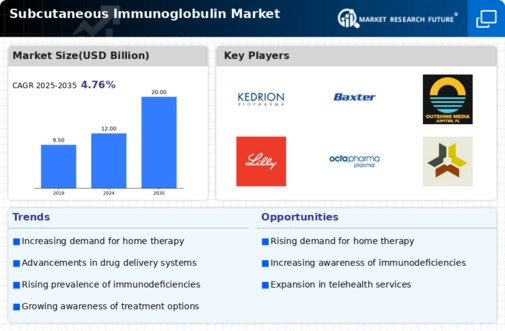



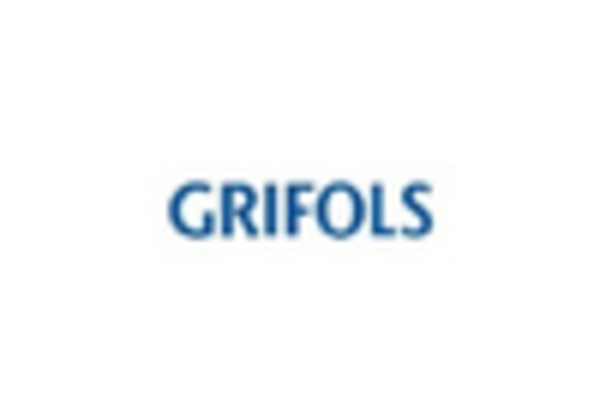
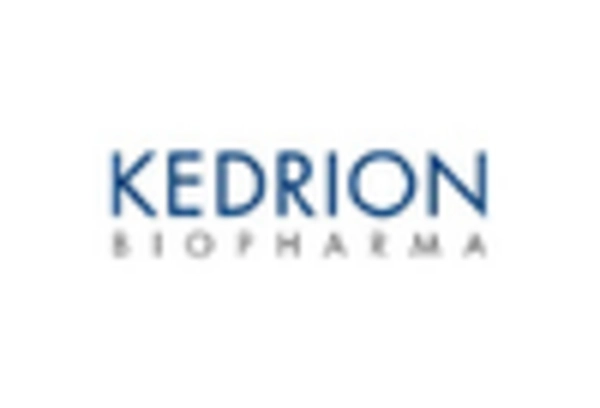
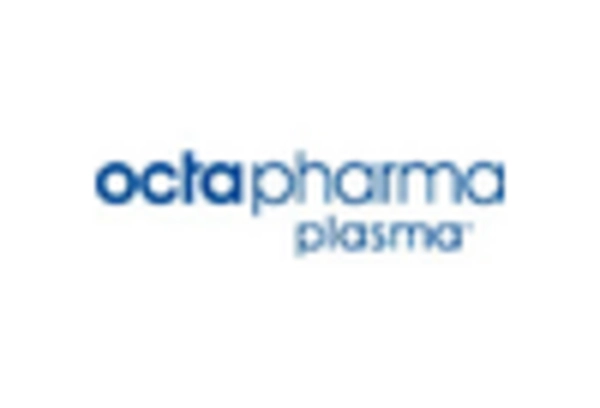
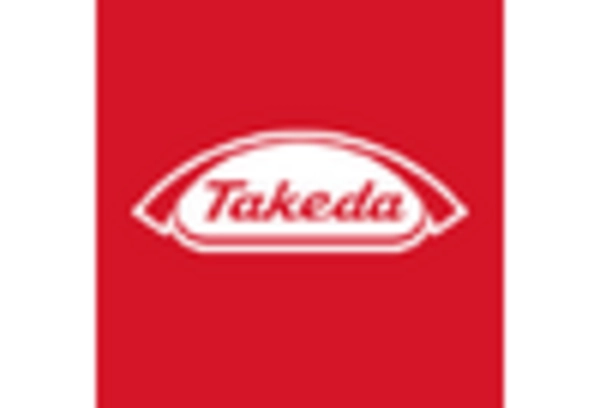








Leave a Comment